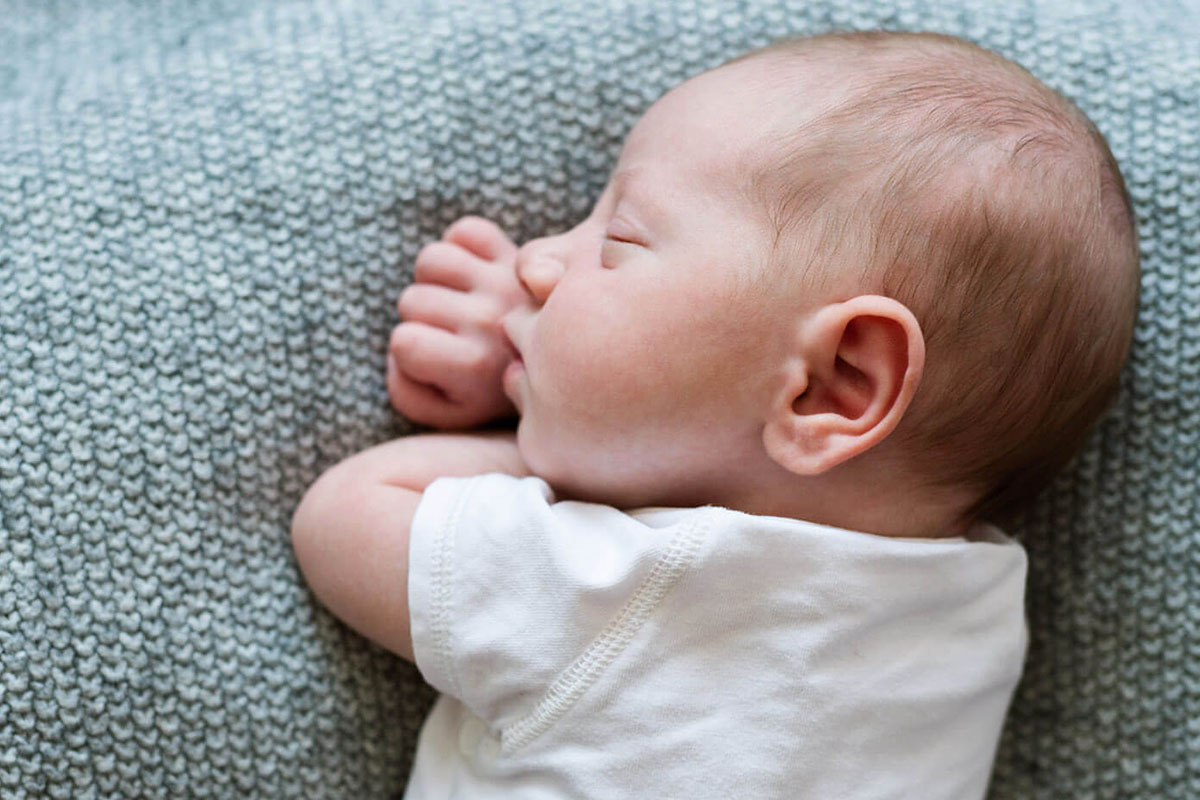
UMaine study examines link between newborn hearing data and later diagnoses of Autism Spectrum Disorder
Newborns who did not pass their initial hearing screen but who later were found to have typical hearing had higher rates of Autism Spectrum Disorder (ASD) in five to 10 years, according to a study conducted by researchers with the University of Maine’s College of Education and Human Development.
The study looked at Early Hearing Detection and Intervention (EHDI) data for children born in Maine between 2003 and 2005, linking the data with education records, including special education status, for the 2010-2011 and 2013-2014 school years. Children who did not pass their newborn hearing test—the Automated Auditory Brainstem Response (AABR)—but who were later found to have normal hearing were at more than eight times the odds of being identified as having ASD when five to seven years old, and more than six times the odds when eight to 10 years old. The odds decreasing with the older age group can be attributed to various factors, including more children being identified with ASD as they age and outmigration of families from Maine.
Shihfen Tu, professor of education and applied quantitative methods, was the lead author of the study. Co-authors include Craig A. Mason, professor of education and applied quantitative methods; Deborah Rooks-Ellis, assistant professor of special education and director of the Maine Autism Institute for Education and Research; and Patricia Lech, research associate with the Maine Education Policy Research Institute.
Further study is needed, but the results suggest that greater collaboration may be warranted between state-level EHDI programs, and educators and other professionals who work with children who have autism or other developmental challenges.
“The results are particularly noteworthy because the newborn AABR data and data on ASD status were collected independently and years apart by two different systems, health and education, that do not usually share information,” the researchers write.
The National Institutes of Health has recommended that all newborns be screened for hearing loss, and AABR is a common method used by EHDI programs. If a child obtains an atypical result on the screening, they are referred for more robust diagnostic testing, such as an Auditory Brainstem Response (ABR). If hearing loss is confirmed, the child is referred to service providers in their area.
Previous studies have noted atypical results on diagnostic ABR testing in children with autism, but because AABR is widely used across the United States and other countries as a screening tool for hearing loss in newborn infants, a connection between AABR screening at birth and ASD would be potentially valuable.
Notably, this was observed even after controlling for various other childhood characteristics, including sex, age, presence of known birth defects, birth weight and placement in a neonatal intensive care unit.
Although they caution that the AABR test is not a diagnostic tool for ASD, the researchers argue that the widespread availability AABR screening data “may create opportunities for EHDI programs to support and facilitate the work of colleagues in the ASD community, as well as further assist families already touched by EHDI systems.”
The study was published in the Journal of Early Hearing Detection and Intervention, and is available online.
Contact: Casey Kelly, casey.kelly@maine.edu
